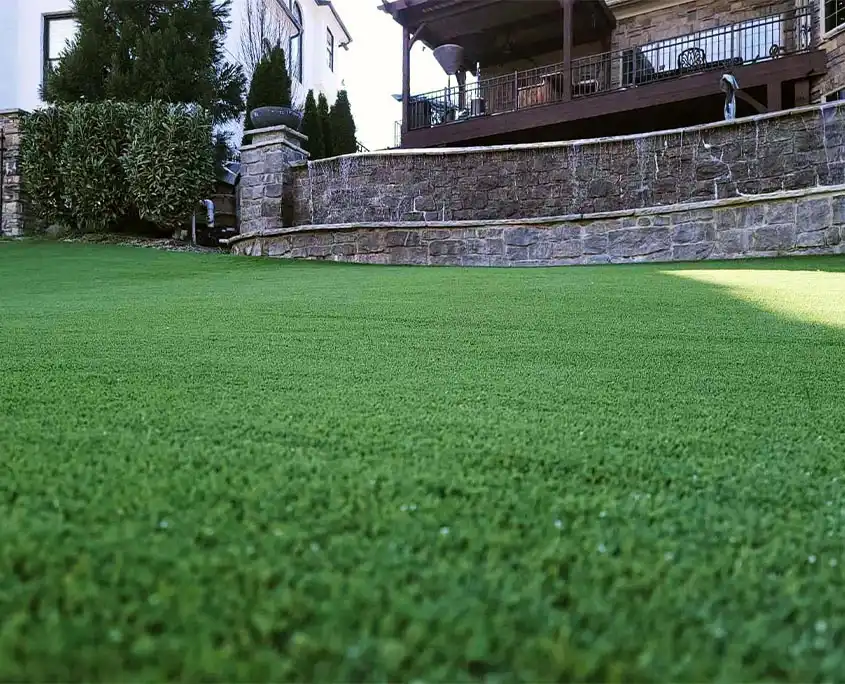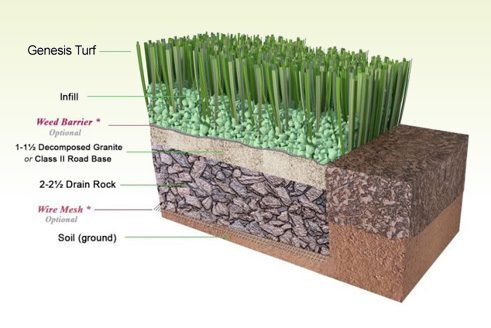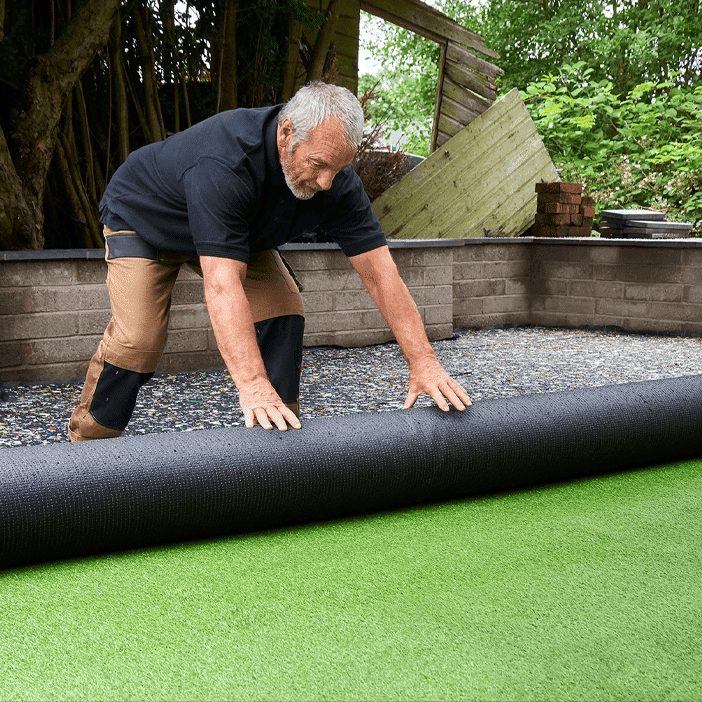Well-Known Artificial Turf Companies Phoenix for a Beautiful and Green Lawn
Well-Known Artificial Turf Companies Phoenix for a Beautiful and Green Lawn
Blog Article
Explore the Environmental Conveniences of Opting for Synthetic Grass Solutions
The fostering of man-made turf remedies presents an engaging chance to deal with pressing environmental difficulties. By substantially lowering water use and decreasing the application of unsafe chemicals, these alternatives not just promote lasting landscape design however also secure regional communities. In addition, the lower carbon impact connected with reduced maintenance activities adds to a more sustainable method to land management. The ramifications of these benefits prolong beyond plain conservation efforts, elevating inquiries about their long-lasting influence on environment preservation and general eco-friendly balance. Discovering these measurements exposes an intricate interaction worth taking into consideration.
Water Conservation Perks
One of the most considerable advantages of man-made lawn is its capability to preserve water. In comparison, fabricated lawn does not require watering, significantly decreasing the general demand for water sources.
By getting rid of the demand for normal watering, synthetic turf adds to lasting landscape practices and helps minimize the environmental effect of extreme water consumption. The conservation of water prolongs to the decrease of runoff, which can lead to soil disintegration and river contamination.
Furthermore, the installment of artificial turf allows districts and homeowners to allot water sources more efficiently, concentrating on necessary usages such as alcohol consumption water and agriculture. The shift towards synthetic grass not only promotes responsible water use however also lines up with broader environmental goals targeted at protecting all-natural resources.
As communities increasingly focus on sustainability, the water conservation benefits of man-made grass provide an engaging situation for its adoption in commercial and residential landscape design jobs.
Reduced Chemical Use
The change to synthetic grass substantially lowers the reliance on chemical therapies generally made use of in natural grass maintenance. Standard lawn management commonly includes the application of fertilizers, herbicides, and chemicals to promote growth and control bugs. These chemicals can present dangers to human health and wellness, local wild animals, and the atmosphere, contributing to soil and water contamination.
On the other hand, synthetic grass gets rid of the demand for these hazardous materials. When set up, it requires minimal upkeep, mostly consisting of regular cleansing and occasional infill replenishment. This decrease in chemical use not just profits the immediate environment however also adds to wider ecological security. By minimizing the launch of artificial substances right into the environment, synthetic grass advertises much healthier dirt and water systems.
Additionally, the lack of chemical drainage associated with synthetic grass installations assists safeguard regional waterways from pollution, sustaining aquatic life and maintaining biodiversity. Arizona artificial turf. As areas increasingly prioritize sustainable methods, selecting fabricated lawn presents a practical service that lines up with environmental conservation goals. Through this shift, homeowner can delight in rich environment-friendly rooms without compromising ecological wellness, leading the way for a much more sustainable future
Reduced Carbon Footprint

Additionally, the installment of synthetic grass can cause considerable water conservation. Natural grass need considerable amounts of water for watering, which not just includes to the carbon footprint connected with water removal and treatment but additionally strains regional water sources. On the other hand, synthetic lawn needs very little maintenance, calling for no watering, thus considerably reducing water use and its connected power prices.
Furthermore, the durability of synthetic grass adds to its reduced carbon effect. With a lifespan of approximately 15 years or more, the requirement for constant replacements is reduced, resulting in less waste and reduced energy intake in manufacturing and getting rid of typical grass options. Overall, fabricated turf provides a lasting option for environmentally conscious landscaping.
Environment Preservation
Environment conservation is a critical factor to consider in the dispute over landscape design options, especially when comparing synthetic grass to all-natural yard. All-natural yard lawns typically require comprehensive maintenance, consisting of making use of chemicals, herbicides, and plant foods, which can detrimentally affect neighborhood environments. These chemicals can seep into the dirt and rivers, harming indigenous flora and fauna and interfering with neighborhood environments.
In comparison, synthetic grass offers a chance to minimize the ecological impact of landscaping. By going with artificial turf, home owners can lessen the disturbance of all-natural environments associated with typical yard treatment methods. Artificial grass removes the demand for hazardous chemicals, therefore safeguarding neighboring view wildlife and keeping the stability of bordering communities. In addition, the installation of synthetic grass can cause the conversion of previous yard locations into more biodiverse landscapes, such as pollinator yards or native plant locations, which can sustain neighborhood wildlife.
Ultimately, the transition to man-made lawn not just preserves water and decreases maintenance initiatives yet additionally promotes an extra unified connection between human tasks and the natural surroundings, promoting environment preservation while doing so.
Long-Term Sustainability
Long-term sustainability is a critical consider reviewing the benefits of synthetic grass over standard grass lawns. Among the most substantial advantages of synthetic grass is its sturdiness; it can last approximately 15-20 years with very little maintenance, whereas all-natural yard requires regular reseeding and substitute. This durability minimizes the demand for consistent resources, such as water, plant foods, and pesticides, which are important for preserving a healthy yard lawn.
Additionally, synthetic grass adds to a reduction in carbon discharges connected with yard care tools. Conventional yards commonly call for gas-powered mowers, leaners, and blowers, all of which add to air pollution. Arizona turf. On the other hand, synthetic lawn removes the need for such devices, promoting a cleaner setting
Moreover, the manufacturing of man-made lawn significantly uses recycled materials, boosting its sustainability profile. As suppliers take on green methods, the ecological impact of man-made lawn proceeds to diminish.

Verdict
The fostering of synthetic grass solutions provides substantial environmental benefits, consisting of significant water preservation, lowered reliance on hazardous chemicals, and a lower carbon footprint. Additionally, synthetic grass help in maintaining all-natural environments by minimizing land disturbance see here and promoting long-term sustainability through using long lasting materials. Jointly, these aspects underscore the capacity of man-made grass to contribute favorably to ecological health and wellness and provide a feasible alternative to traditional landscaping techniques in an increasingly resource-conscious globe.
In comparison, artificial lawn does not need watering, considerably reducing the general demand for water sources. By lessening the release of artificial substances right into the community, artificial grass promotes much healthier dirt and water systems.
In addition, the installation of fabricated turf can result in considerable water preservation. In comparison, synthetic grass requires marginal maintenance, needing no watering, consequently substantially minimizing water use and its linked energy prices.

Report this page